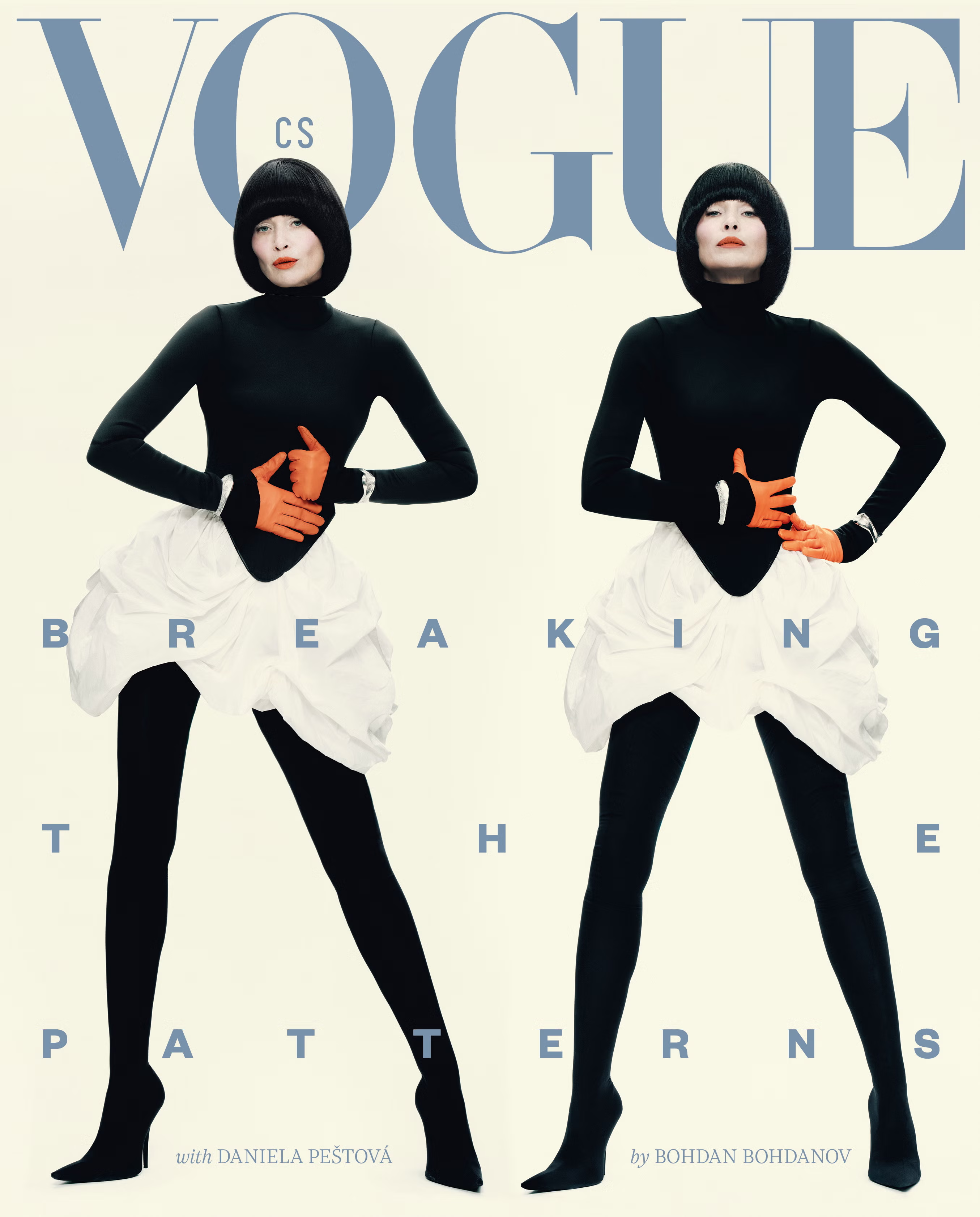Vogue CS in English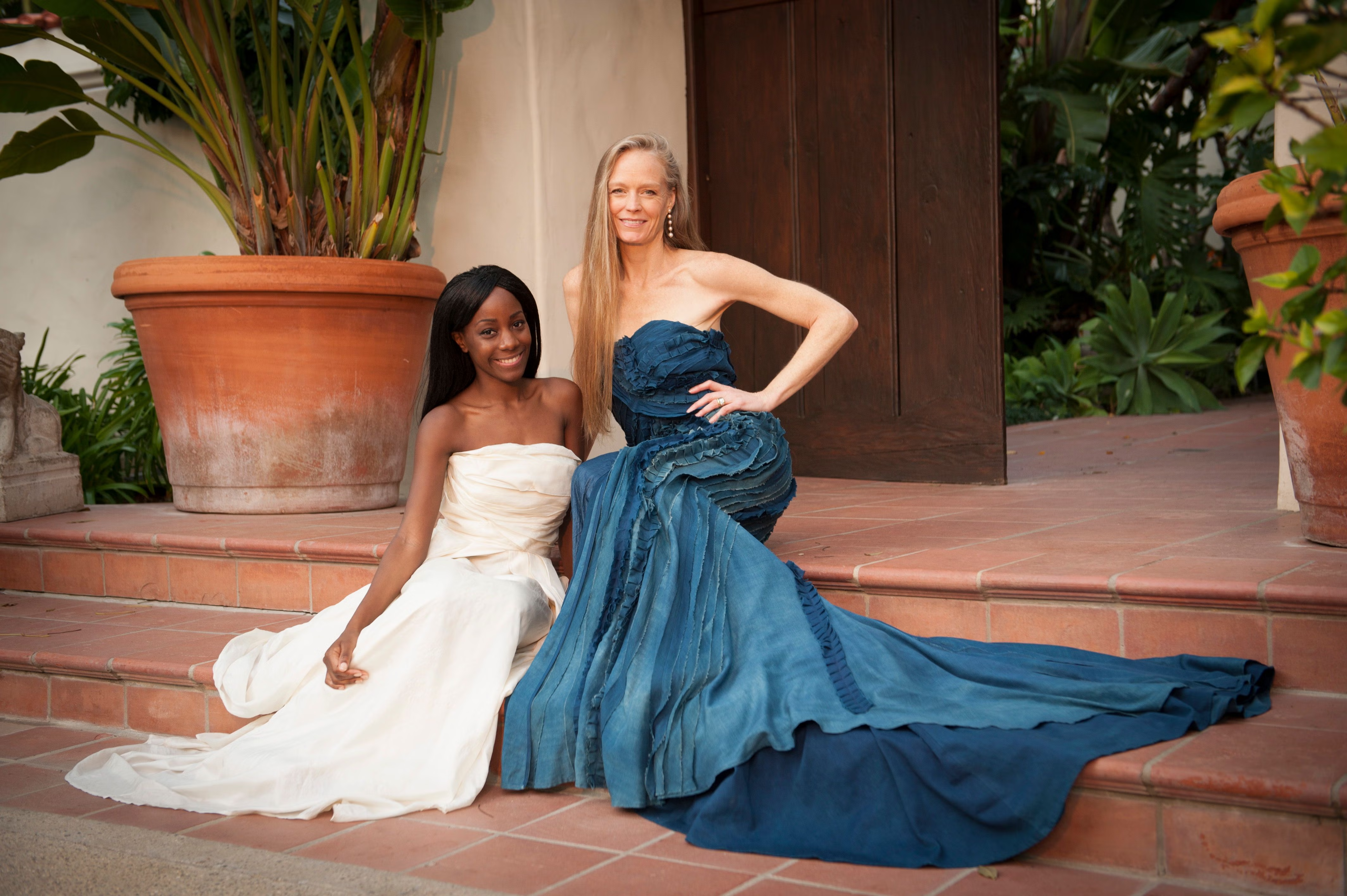
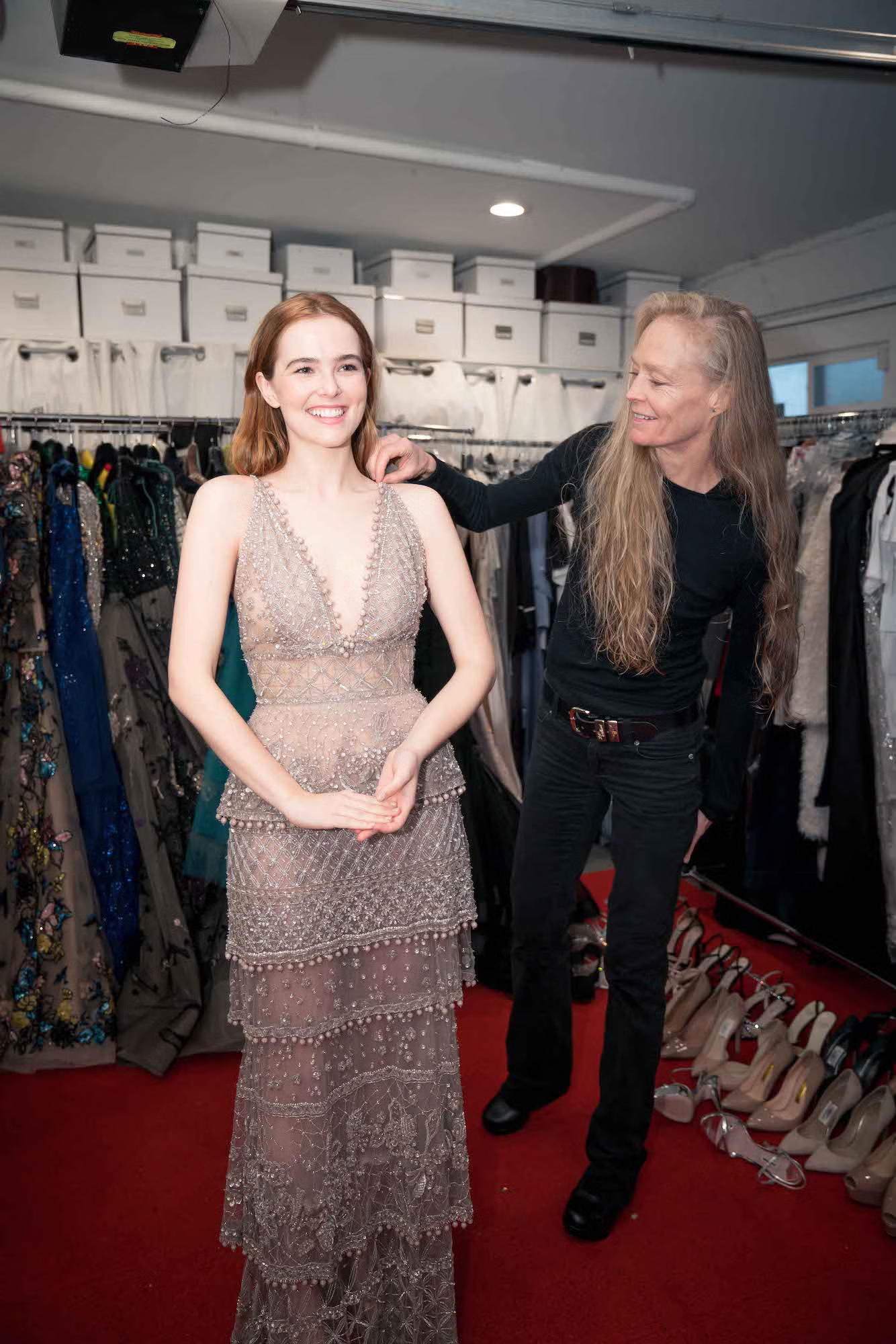
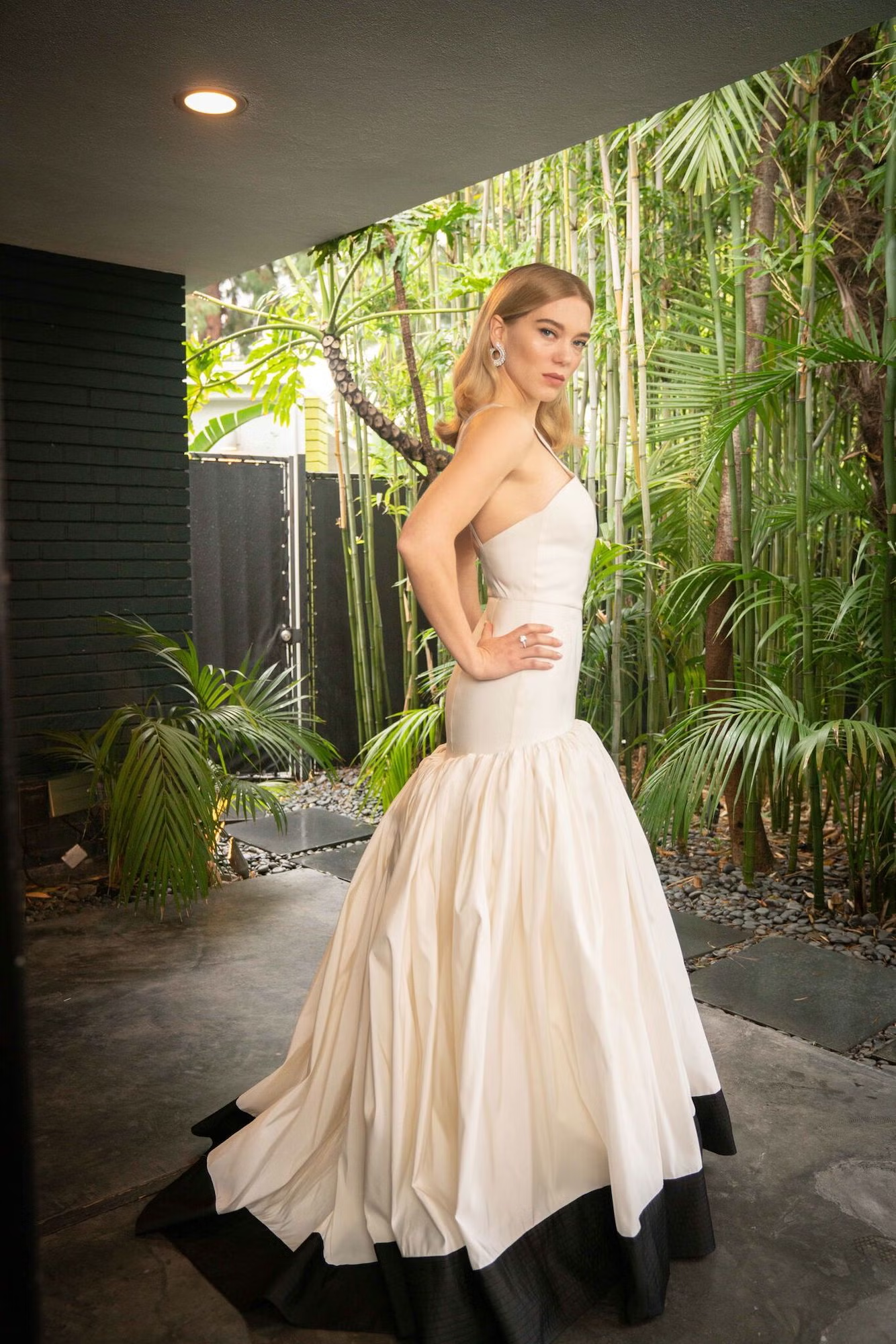
 Foto: Jemal Countess/WireImage
Foto: Jemal Countess/WireImage
Green dress for red carpet. What to know and what to expect
Davina Catt13. 6. 2021
In the lead up to 2010s Academy Awards, where her husband, director, James Cameron, was nine times nominated for his film, Avatar, actress and environmentalist, Suzy Amis, was bewildered at the lack of consciousness in attitudes towards red carpet dressing and sustainable fashion options: so the starting point for her platform, Red Carpet Green Dress was born. Vogue caught up with Amis and CEO Samata Pattinson on new developments for RCGD and how their own understanding of bringing sustainable solutions to the global fashion industry has evolved over the past 10 years.

Foto: archiv RCGD
Samata Pattinson a Suzy Amis
Whilst the initial Red Carpet Green Dress ethos 'to bring sustainability to the forefront of the conversation' has never shifted, today over 10 years later, the female led organisation (in partnership with The Academy Awards) comprises many different elements: from an annual RCGD Global design contest offering designers (worldwide) the chance to create a fully sustainable Oscar worthy dress to be worn on the night (the 2021 entry is now open) to partnerships with luxury brands (Louis Vuitton) and prolific talents (Lea Seydoux, Naomi Harris), youth initiatives, as well as creating their own fabric alongside cellulose fibre experts, Tencel.
Red Carpet Green Dress stands as a leading voice in the sustainability conversation as they have grown to incorporate 21 countries from across the world (from Jamaica to India and Ghana) passionate that a multicultural lens is reflected; 'we discovered many people around the globe feel a sense of ownership about pioneering design techniques and to keep centering the same demographic of voices becomes alienating.' Infact, British born, Ghanaian designer, Pattinson came on board as CEO, having won the global design contest herself in 2011; she acknowledges the power of the red carpet as a platform, as looks can come to define a decade, but is 'passionate about working with both emerging and established designers, the conversation should include both,' whilst citing the likes of this year's Best director Chloe Zhao, wearing sneakers as signs of progressive and inclusive change at this year's Academy Awards.
The Red Carpet Green Dress platform continues to evolve: a newly launched app, 'which aims to connect too with a younger generation of environmentalists,' as well as a 'first of its kind global sustainability report,' released this month, and available to download on all the RCGD platforms, which will look at how broadening the conversation to include more cultures is the future of sustainability.
We've recently finished another 'red carpet award' season and Oscars ceremony. What shifts in mindset do you now notice towards sustainable fashion on the red carpet platform?
When we think back to the beginning of RGCD (2009), which we started with the Global Design Contest, we really had to wrestle the conversation into the room; the perception was that 'sustainable' meant you would be sashaying down the red carpet in a poorly designed hemp skirt, but the changes are huge and now we are being approached by everyone from stylists, designers, to actors themselves and the Academy to work with us. We have never been interested in working in an inaccessible fashion industry so we have always found ways to bring in both emerging and established luxury designers: our Global Design Contest in partnership with Tencel is open to anyone over 21 years by submitting a design sketch; the judges pick one winner from menswear and womenswear. We also noticed the pressure for emerging designers to create an Oscar worthy dress so we pivoted to include mentoring: Vivienne Westwood was a brilliant champion from the start and came on board to mentor the Ghanaian designer Michael Badger (creating a dress worn by Naomi Harris in 2013) which had never been done before. We continue to broaden our multicultural perspective and bring in refreshing new voices.
You take a unique approach at RCGD working as a central platform to 21 diverse countries - can you tell me about some of your most surprising discoveries?
We are passionate that we don't just keep hearing the same voices from the same demographic of people. For instance, in 2013, when Michael Badger was mentored to design an eco dress by Vivienne Westwood, his focus was the process of natural dyes in Africa: including using tree bark to dye and making ink to print traditional symbols. It was the same time, Greenpeace (one of our collaborators) were focusing on detox fashion, and was a reminder that in Africa a conversation about natural dyes has already been taking place for centuries. Back in 2018, we worked with Elie Saab to design a dress for Zoe Deutsch; created in his Beirut atelier, it was synonymous with his signature use of embellishment, however he was trying to shine a light on Indian culture through silver threading, handmade patterns and embroidery techniques. We want to push the idea of couture beyond traditional Parisien houses to around the globe.
Another interesting example was New Zealand based menswear designer Jomnarn Dul (2014): his New Zealand lens was about respecting nature, with the spotlight on hemp, super natural dye and fibre. The process involved dying marigold flowers and logwood, the waistcoat was made from hemp and spitalfield silk. Dul wanted to focus on incorporating natural techniques with a modern twist so that is when we collaborated with musician Will I Am and Ekocycle to use that recycled plastic on one of the jackets.
Each year you keep moving the conversation along by focusing on different areas of sustainability from natural dyes to vintage and repurposing archival fabric...
Yes our own understanding has grown too. At the beginning we were so focused on tangible things from no harmful dyes, GOT certified silk to positive impact construction, then we started to evolve and look at recycled fabrics. Suzy worked with Deb Scott (Titanic costume designer) who pulled old linings from different costumes to put into Suzy's dress that year to focus the lens on upcycling and how we look at waste. Whilst with the high profile collaborations, for example, Louis Vuitton creating eco dresses for actors like Kaitlyn Dever, Lea Seydoux, there was a focus on the atelier and the hands ('main') constructing the pieces. We also strive now to really look at how the ambassadors we choose reflect our sustainability messages as well as creating designs that reflect their own personal stories. We, also, from the get-go have put diversity at the heart of RCGD, from Bipoc and Indian communities to larger size and shapes.

Foto: archiv RCGD
Zoey Deutsch

Foto: archiv RCGD
Lea Seydoux
You have just launched your app which brings all the different RCGD elements together. Why did 2021 feel like the right time?
We have actually been thinking about it for a few years but during lockdown people were looking online for communities, and the idea to create this central, non-distracted space, to educate viewers but which is fun and interactive for a design graduate through to their granny made sense. We have images, blogs, crosswords, puzzles, more gaming coming soon and chat facilities looking at how people manage sustainability in their own lives. Our community has largely transferred onto the app, but we are also passionate about the younger environmentalists we want to connect with - a whole demographic that led the climate strikes - and they have started downloading it too.
You have a global sustainability report coming out this month after years of research: how do you see the future of the conversation around sustainable fashion choices?
I see it as the ability to have honest, open conversations as a way to drive change. I think the current trend of virtue signalling is not allowing these conversations to happen. At RCGD we want to take accountability but that requires vulnerability - we would like to work on metrics and how we measure the impact of what we've been doing. We have done so much research and looked at the impact we have made on different pockets of sustainability - such as the natural dye space or recycled plastic. But now our work is more about looking at cultural archives, messaging and changing mindset - but how do you measure changing mindset? That's where our future conversation rests.

1 / 3
Maye Musk, Madelaine Petsch, Angela Bassett, Suzy Amis Cameron, Amanda Hearst a Rosario Dawson
Vogue
Doporučuje
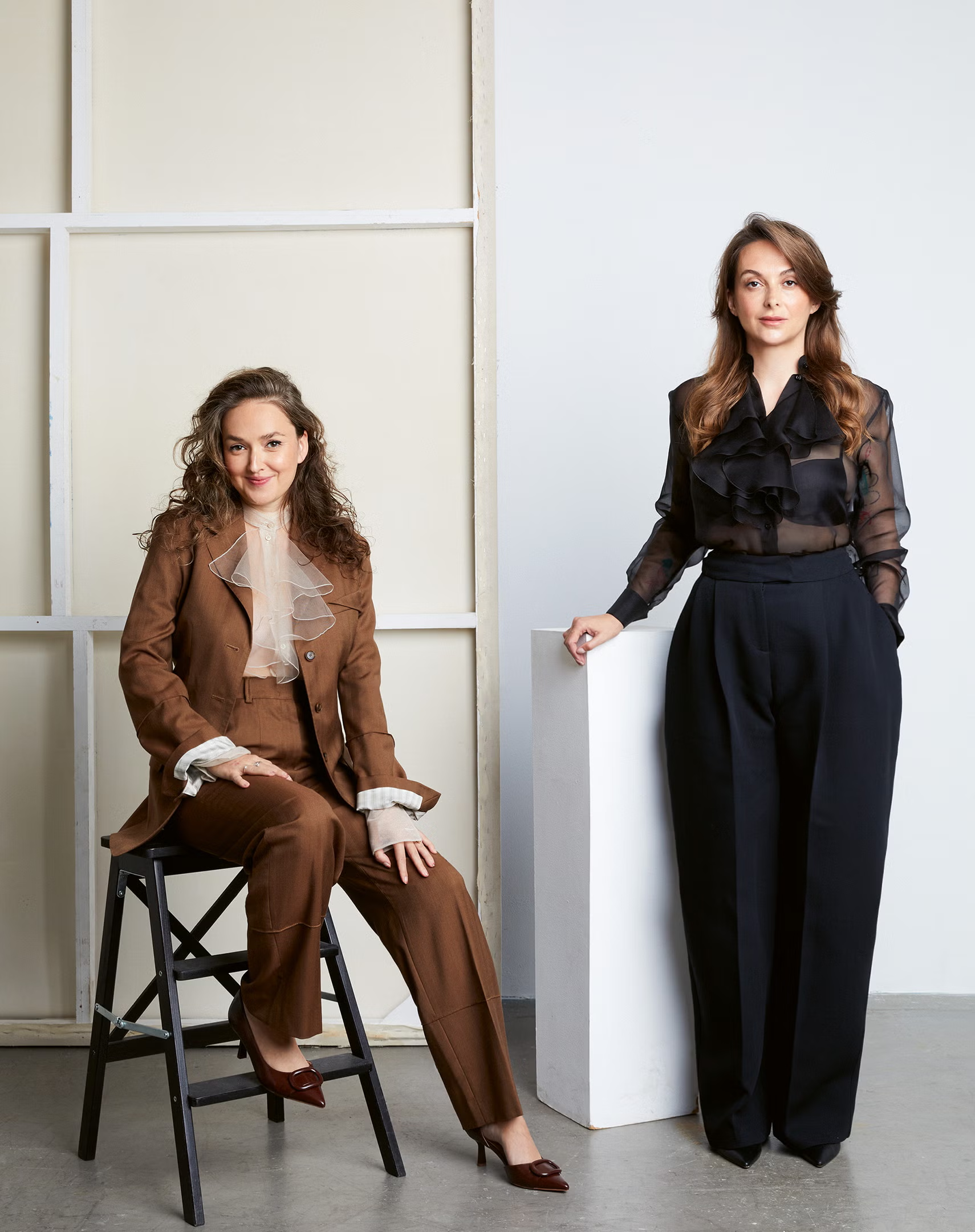
Vogue Leaders
Iniciativa Girls in Film Prague bojuje za větší zastoupení žen a queer osob ve filmu
Julie Šafová15. 12. 2025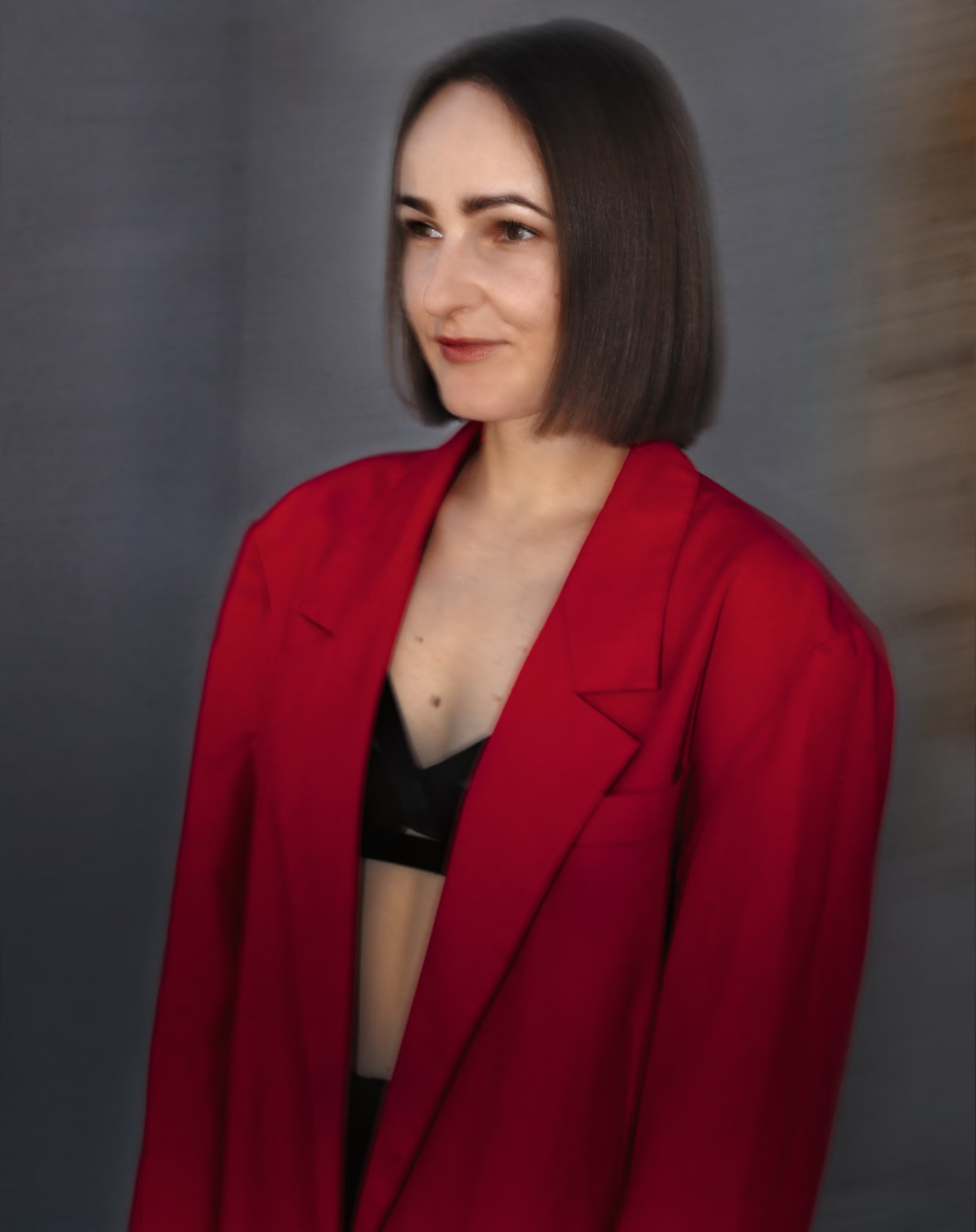
Vogue Leaders
Autentická realita je pro mně důležitým zdrojem inspirace, říká kostýmní výtvarnice Laura Štorcelová
Monika Sládková14. 12. 2025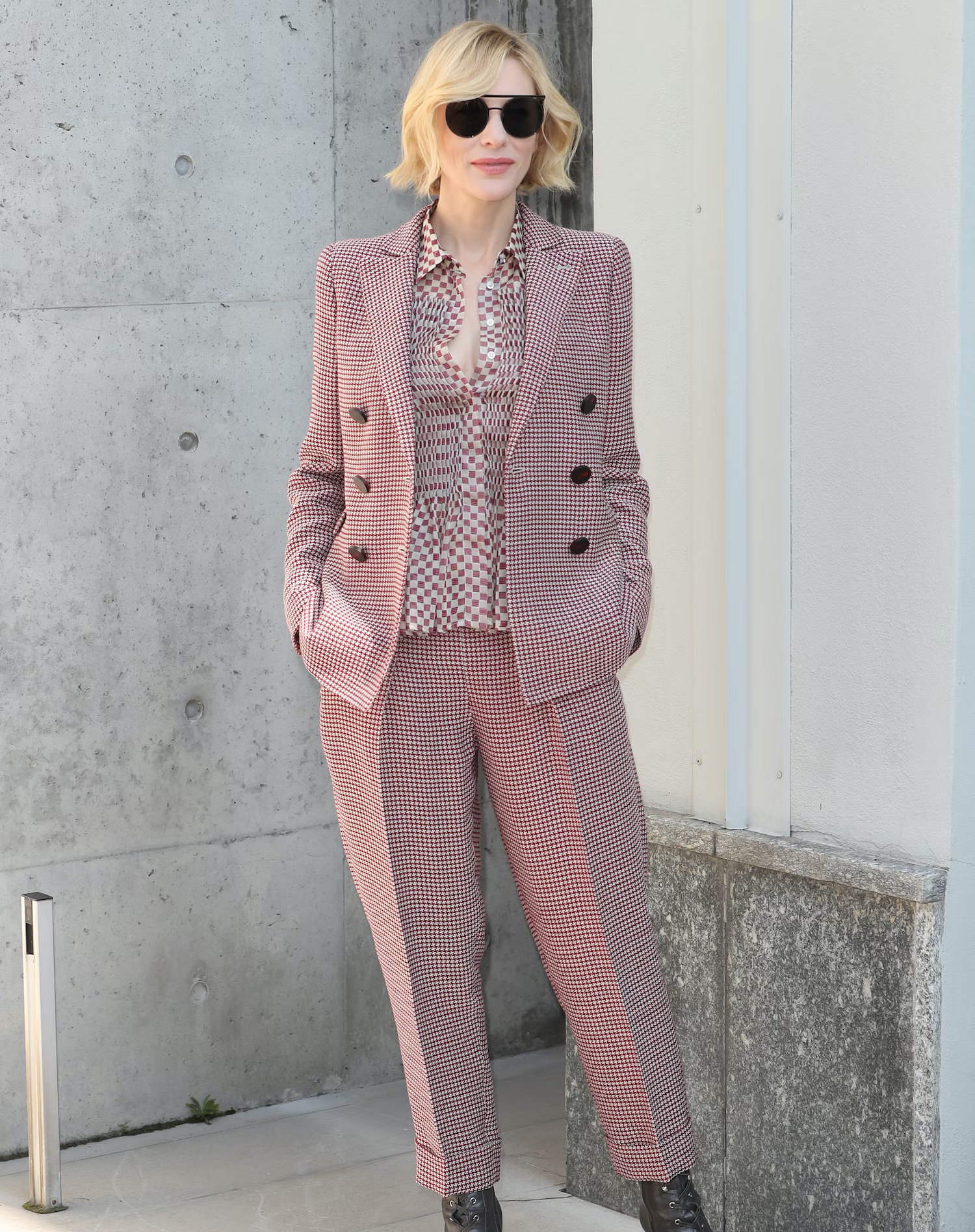
Móda
